Expand your horizons. Be open to more
Welcome! This blog & newsletter will cover various topics related to music from all over the world. Ever wonder why we as musicians celebrate Vasant Panchami? Or how Sufi music has influenced the evolution of Hindustani music? Have you ever pondered the difference between Hindustani and Carnatic music? This newsletter will cover it all! Hopefully, our curiosity will grow through this, and will allow us to better connect with the music and ourselves!

Chaitra Navratri: Day 9
Goddess Siddhidatri, the "Goddess of Supernatural Powers," represents the pinnacle of spiritual perfection. As a supreme form of Durga, she grants her devotees divine Siddhis, powerful abilities attained through spiritual growth. Siddhidatri guided the Hindu Trinity—Brahma, Vishnu, and Shiva—and embodies the ultimate union of divine energies, helping seekers unlock their highest potential.

Chaitra Navratri: Day 8
Explore the divine grace of Maa Mahagauri, the Goddess of Beauty and Purity. This article delves into her transformative journey from Goddess Parvati, her symbolic form, and the significance of her attributes. Learn how her blessings guide devotees toward spiritual growth, self-realization, and liberation, leading them to transcend ignorance and attain purity.
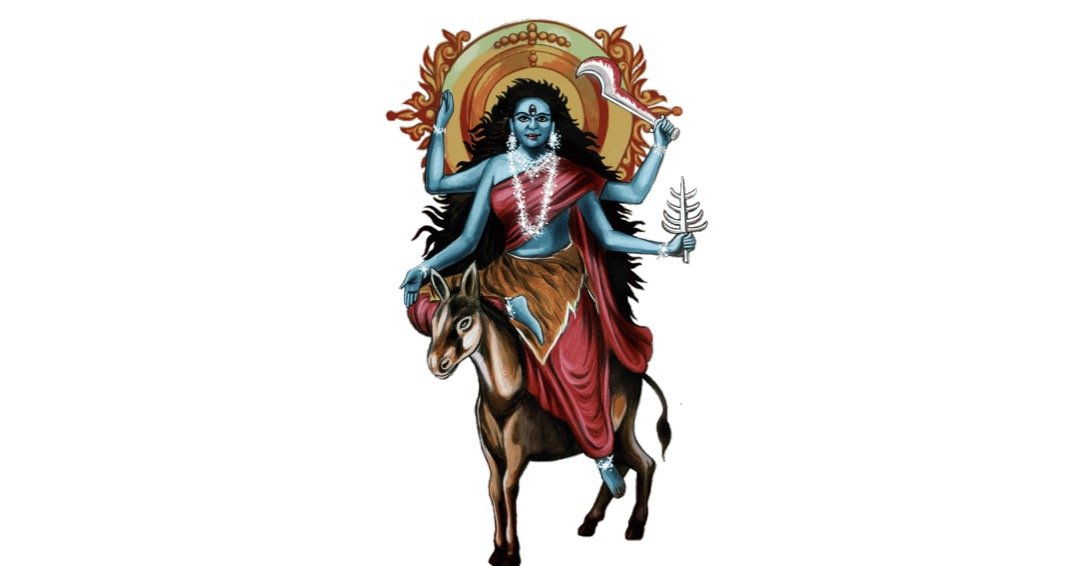
Chaitra Navratri: Day 7
On Day 7 of Chaitra Navratri, we honor Maa Kalaratri, the fierce Goddess of Darkness and Transformation. Known for her fearsome appearance with three bloodshot eyes and wild hair, Maa Kalaratri symbolizes the destruction of evil, ignorance, and fear. Her mythology and powerful symbolism inspire devotees to transcend the material world and achieve spiritual enlightenment through her worship. Embrace the transformative power of Maa Kalaratri to overcome darkness and reach higher consciousness.

Chaitra Navratri: Day 6
Celebrate Chaitra Navratri Day 6 by honoring Maa Katyayani, the Warrior Goddess who defeated the demon Mahishasura. Known as Mahishasura Mardini, she embodies strength, purity, and righteousness. Her symbolism, from the lotus in her hand to her fierce lion mount, teaches us to conquer the ego and embrace truth. Associated with the Agnya Chakra, Maa Katyayani guides us toward spiritual insight, emotional balance, and overcoming life’s obstacles.

Chaitra Navratri: Day 5
Maa Skandamata, the Goddess of Motherhood, embodies divine love, strength, and spiritual enlightenment. Known for her nurturing role as the mother of Lord Kartikeya, she symbolizes purity, protection, and the balance of knowledge and action. This article explores her powerful story, her connection to the Vishuddhi Chakra, and the profound blessings she bestows upon her devotees, guiding them toward wisdom, prosperity, and moksha.

Chaitra Navratri: Day 4
Maa Kushmanda, also known as the "first power" or Adishakti, is the fourth form of Maa Durga worshipped on the fourth day of Chaitra Navratri. She is believed to have birthed the universe and resides in the Sun's core, radiating energy and life. She also created the three MahaShaktis—Mahakali, Mahalaxmi, and Mahasaraswati—who embody the cosmic forces of destruction, preservation, and creation.
Depicted with eight arms, each holding powerful symbols such as the discus, mace, and lotus, Maa Kushmanda represents strength, abundance, and spiritual balance. Connected to the Anahata Chakra (heart chakra), she embodies love, compassion, and harmony, guiding devotees toward spiritual fulfillment and material prosperity.

Chaitra Navratri: Day 3
Maa Chandraghanta, the "Destroyer of Demons," embodies a powerful blend of strength, devotion, and spiritual guidance. In Hindu mythology, her fierce form emerged when Maa Parvati transformed to match Lord Shiva’s intense appearance on their wedding day. Known for defeating the demon Jatukasara with a bell and the light of the Moon, she symbolizes the conquering of negative energies and the balance of strength and compassion. Depicted with ten arms, each holding divine weapons, Maa Chandraghanta helps her devotees navigate life’s challenges, cultivating inner peace and wisdom. She is closely associated with the Manipura Chakra, enhancing self-confidence and leadership, especially during the worship of Navratri. Her bell symbolizes devotion and the awakening of spiritual focus, guiding her followers towards spiritual growth and victory over obstacles.

Chaitra Navratri: Day 2
Maa Brahmacharini, a form of Goddess Parvati, symbolizes devotion, asceticism, and spiritual discipline. Known for her intense penance to win Lord Shiva's love, she embodies purity, inner strength, and unwavering faith. Through her serene demeanor and symbols like Rudraksha beads and the Kamandalu, she inspires devotees to cultivate balance, strength, and spiritual growth, encouraging them to overcome challenges with grace and dedication.

Chaitra Navratri: Day 1
Discover the divine essence of Maa Shailaputri, the powerful and wise goddess who embodies the energies of Brahma, Vishnu, and Shiva. In this article, learn about her symbolism, including the trident, lotus, and Nandi, and how these represent spiritual growth, purity, and unwavering devotion. Explore her role as the goddess of the Muladhara Chakra, guiding devotees on their path to self-realization and enlightenment. Through her teachings, Maa Shailaputri reminds us that the journey toward spiritual awakening requires patience, focus, and transformation.
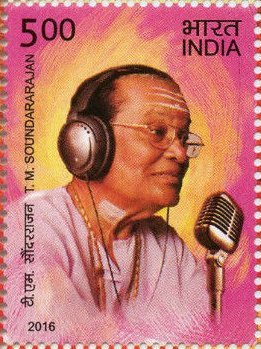
Threads of Tradition: Saurashtrian Influences on Music and Bhakti
This piece, written by Mathura Sharma, takes you on a journey, highlighting the spiritual and artistic contributions of the Saurashtrians to Tamil devotional music. Through personal reflections on Bhakti and music, this piece celebrates the timeless power of music to connect us to our heritage, spirituality, and memories of home. Dive into a rich exploration of South Indian devotional music and its profound impact on generations.
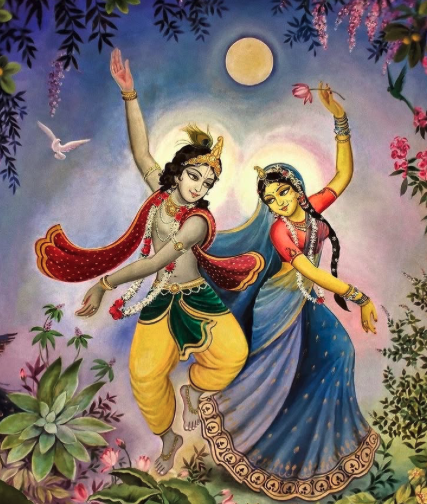
RasaRaj Sringara: The King of Emotions
Rasa is the core essence that gives life to Indian classical arts, creating an emotional connection between the performer and the audience. In the Natyashastra, Bharat Muni outlines eight fundamental rasas, with Sringara (romance and love) standing as the most profound. Sringara transcends simple romantic notions, symbolizing the eternal union between the soul and the Divine, seen in stories like Radha and Krishna. This powerful emotion resonates across Hindustani music, dance, and literature, making Sringara the heartbeat of classical performance.
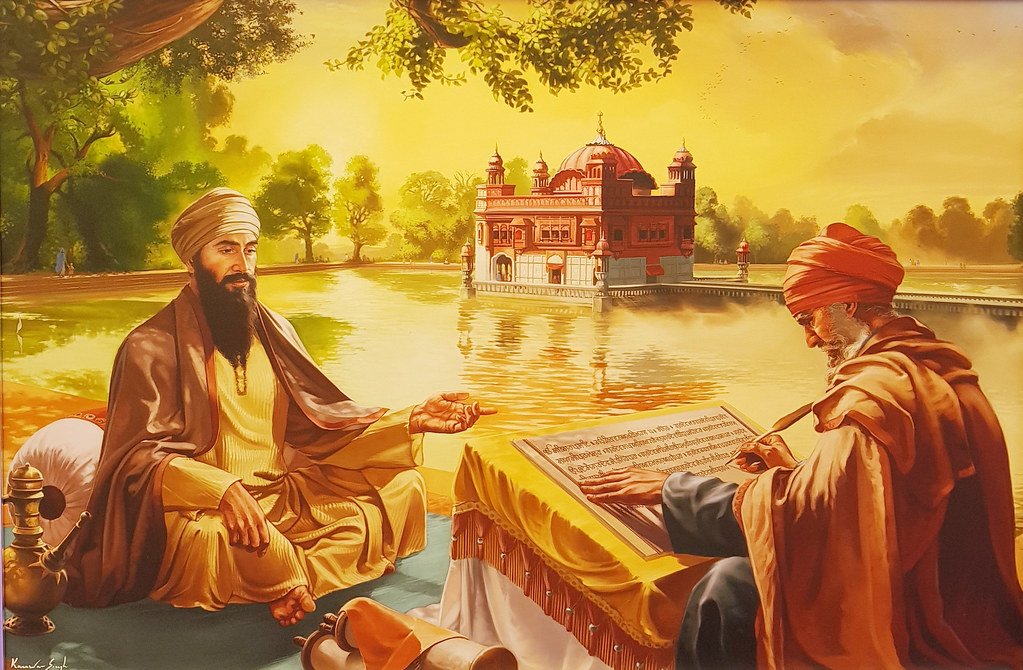
The Divine Power of Music: Kirtan & the Spiritual Practices of Sikhism
In Sikhism, music plays a central role in spiritual practice, particularly. Kirtan, performed using the Guru Granth Sahib’s hymns, helps Sikhs connect with Waheguru and dissolve the ego. Sung in Hindustani classical ragas, Kirtan aligns the mind with spiritual moods, fostering inner peace and spiritual growth. For Sikhs, devotional music isn’t about performance but a selfless expression of devotion that leads to spiritual liberation (Mukti).

Ayurveda & Music: An Overview
Did you know music in Indian culture has always been deeply connected to spirituality? In fact, the wisdom is ancient! The sounds we sing, the mantras we chant, and the melodies in Indian classical music, according to yogic culture and Ayurveda (the ancient Indian system of medicine) can heal you.
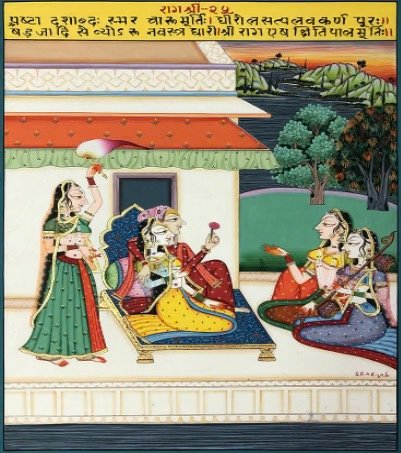
Shree: The Feminine Divine
Shree, another name for the Goddess Laxmi, is the second more important sound in Vedic tradition, representing the material world. In Indian classical music, it’s known as the raga that came from the mouth of the Goddess. Read all about Shree, the feminine divine.

Celebrating Our Beloved Ganesha
Lord Ganesha, the son of Lord Shiva and Goddess Parvati, is revered as the remover of obstacles. He is the God of intellect, or buddhi and is known to be a patron of the arts.
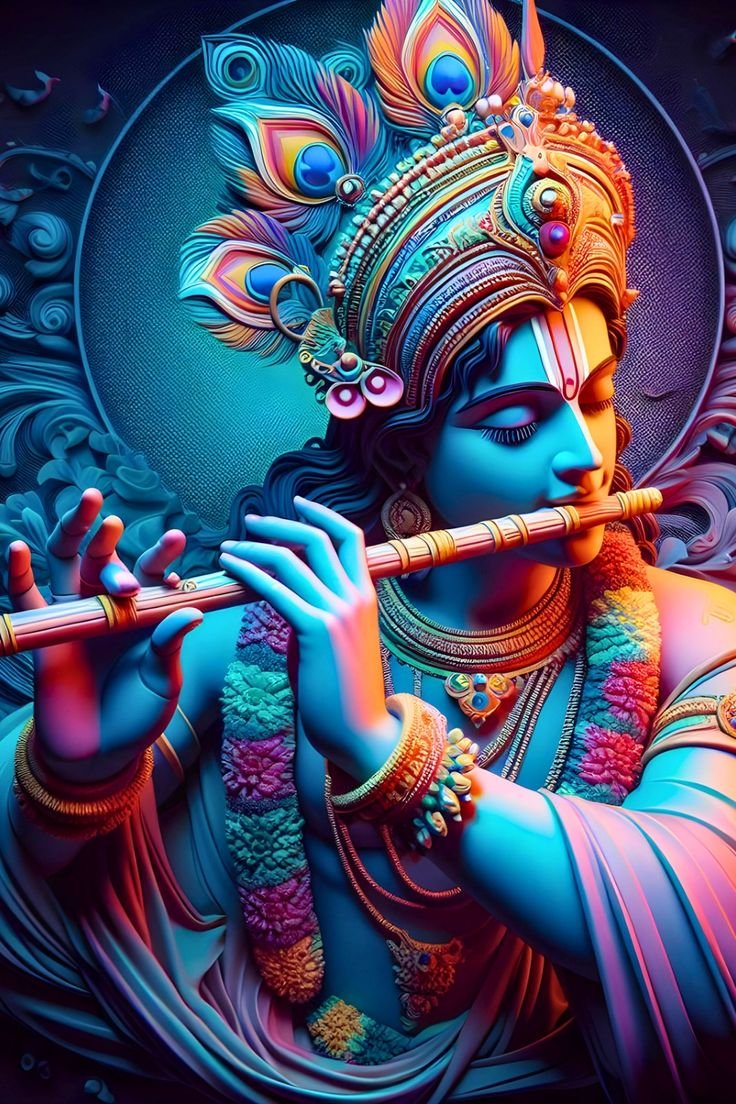
Murali Manohar: The Divine Flute of Shri Krishna
Lord Krishna is known as “Muralidhar,” or he who holds a murali, or a flute. His playing was so sweet & enchanting that it enticed all beings who heard it. In the Srimad Bhagavatam, the beauty of His flute is described as....
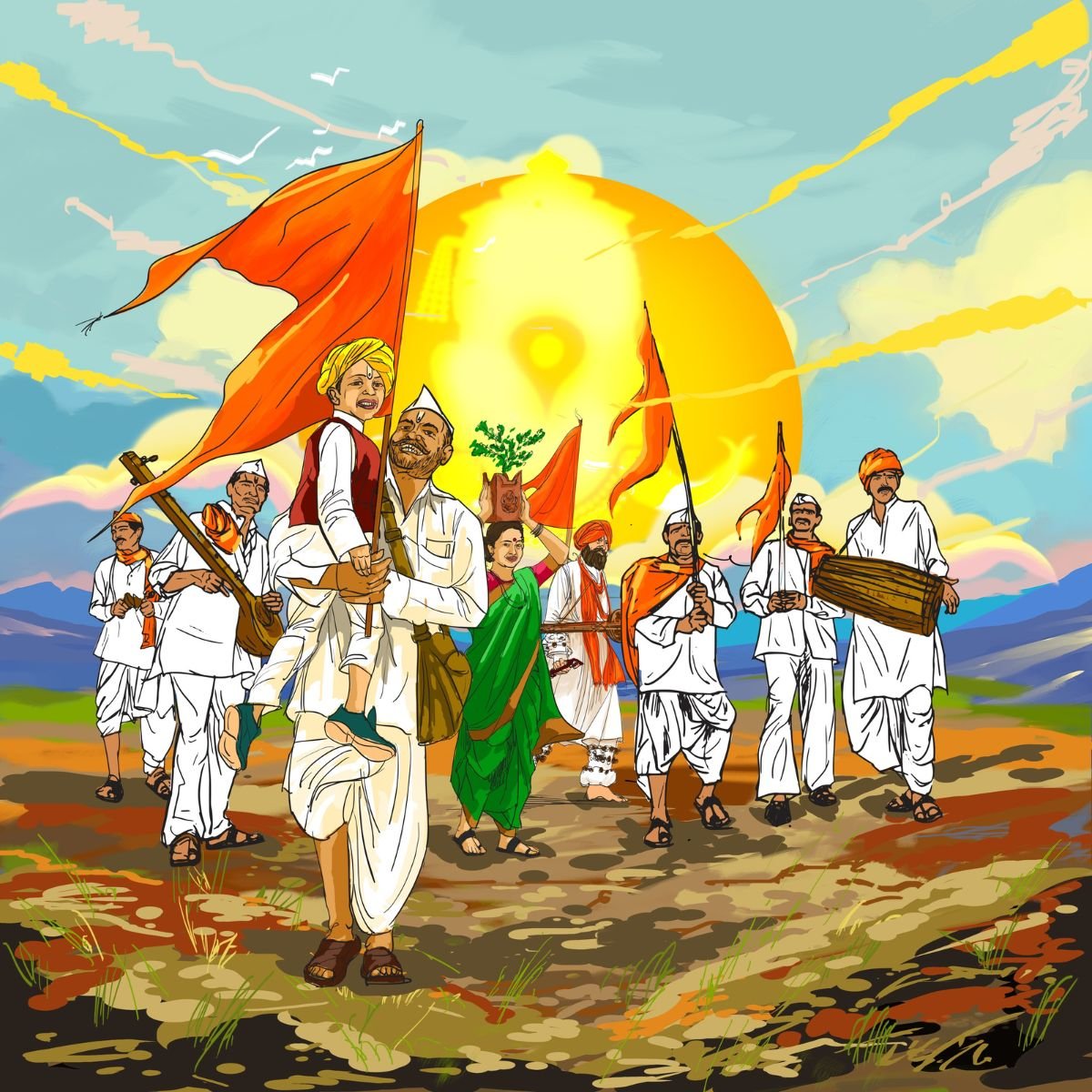
Ashadhi Ekadashi: The Warkaris
India’s monsoon rains are in full force! During the monsoon, India celebrates Ashadhi Ekadhashi, or the 11th day of the lunar cycle in the month of Ashadha.
Maharastra celebrates this day in a very unique way. To share this piece of her culture, our very own student, Isha Joshi (New York), has written this blog post, featuring Ashadhi Ekadashi and its cultural significance in Maharashtra.
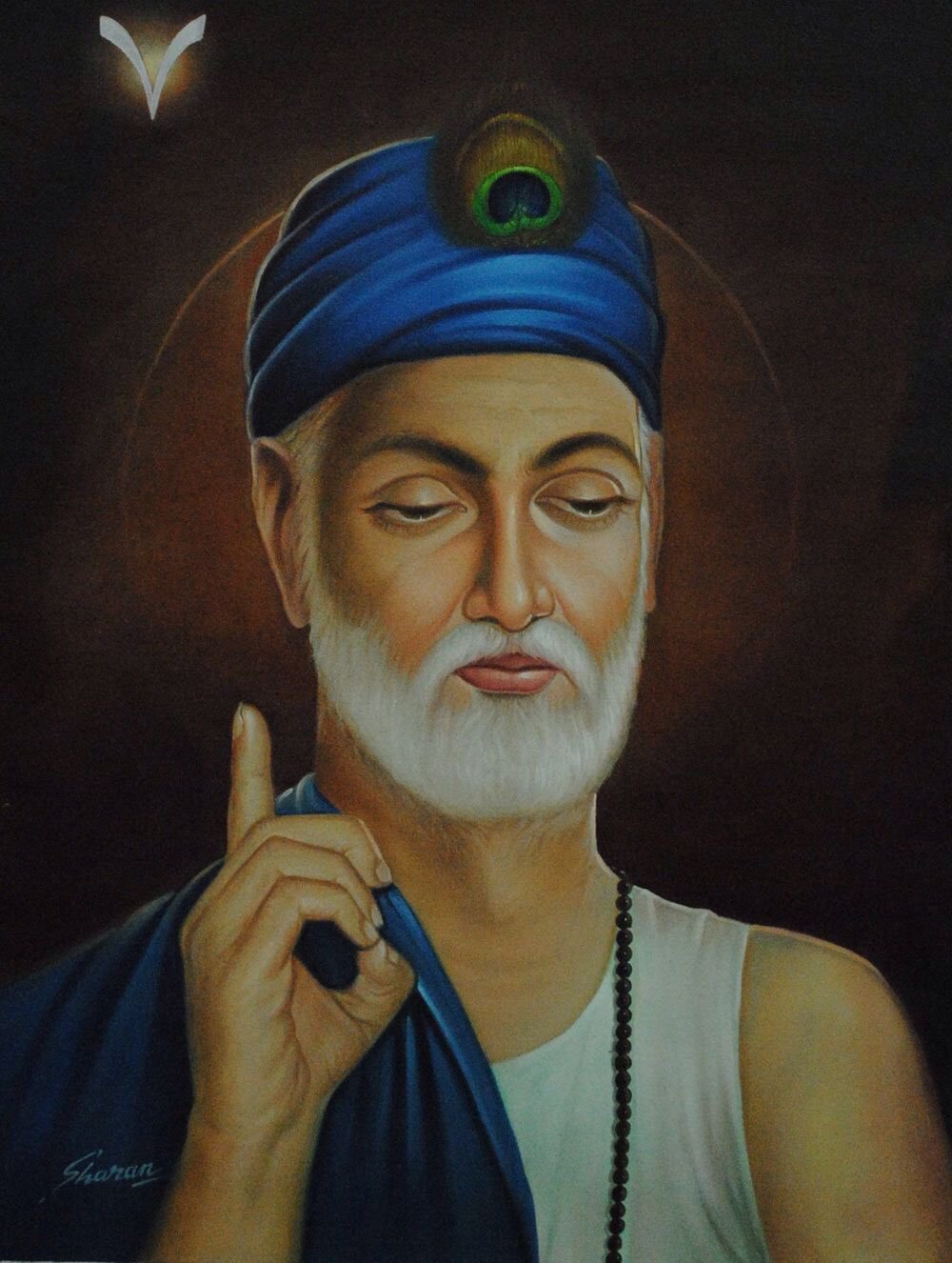
Sant Kabir & Nirguna Bhakti
Born in Varanasi at the end of the 14th century, Sant Kabir was a mystic and poet who found his place in the hearts of Sikhs, Muslims, and Hindus alike.

Tagore: A Renaissance Man
When we think of a Renaissance Man, our minds probably go to great Western thinkers and multi-talented geniuses like Leonardo Da Vinci. But did you know the writer and composer of the Indian National Anthem, Jana Gana Mana, was a revolutionary Renaissance Man as well?

Sant Tulasidas: The Renowned Poet & Devotee of Shree Rama
Sant Tulasidas who wrote the Shri Ram-Charit-Manas and who's devotion inspires us to have unadulterated, unlimited, and single minded devotion for the Supreme.
